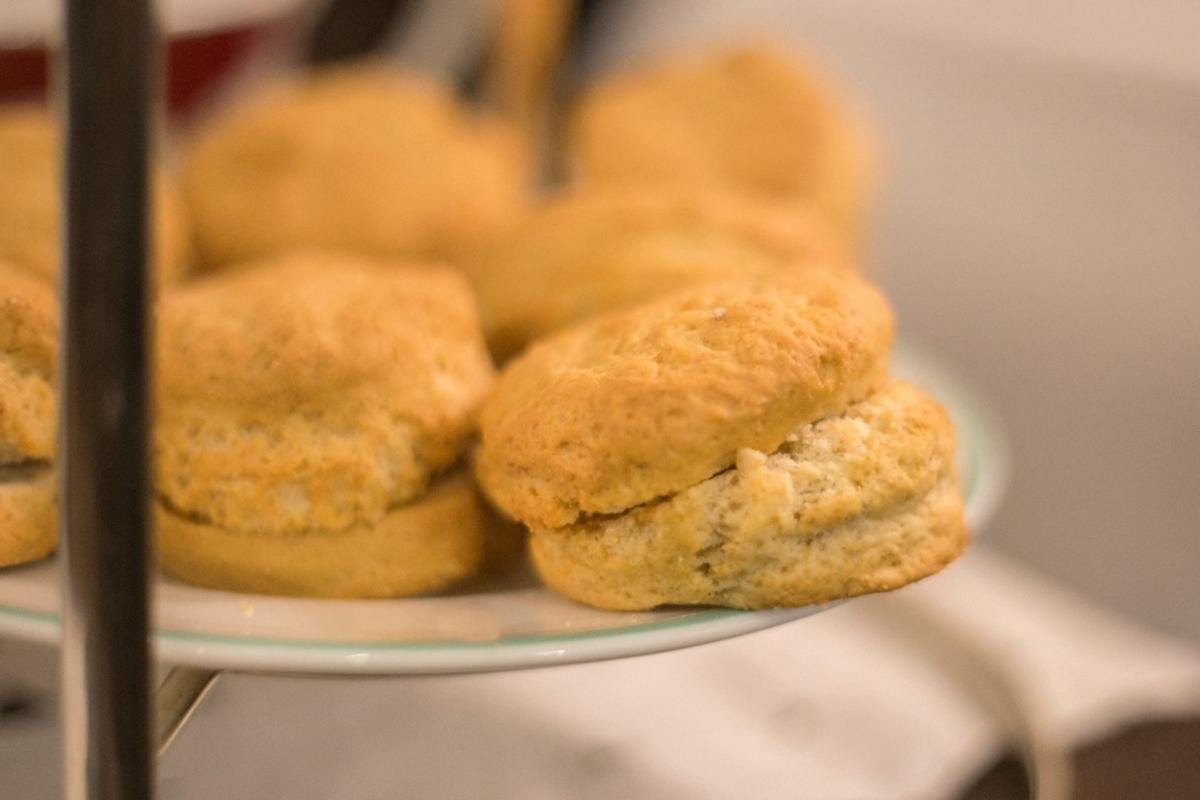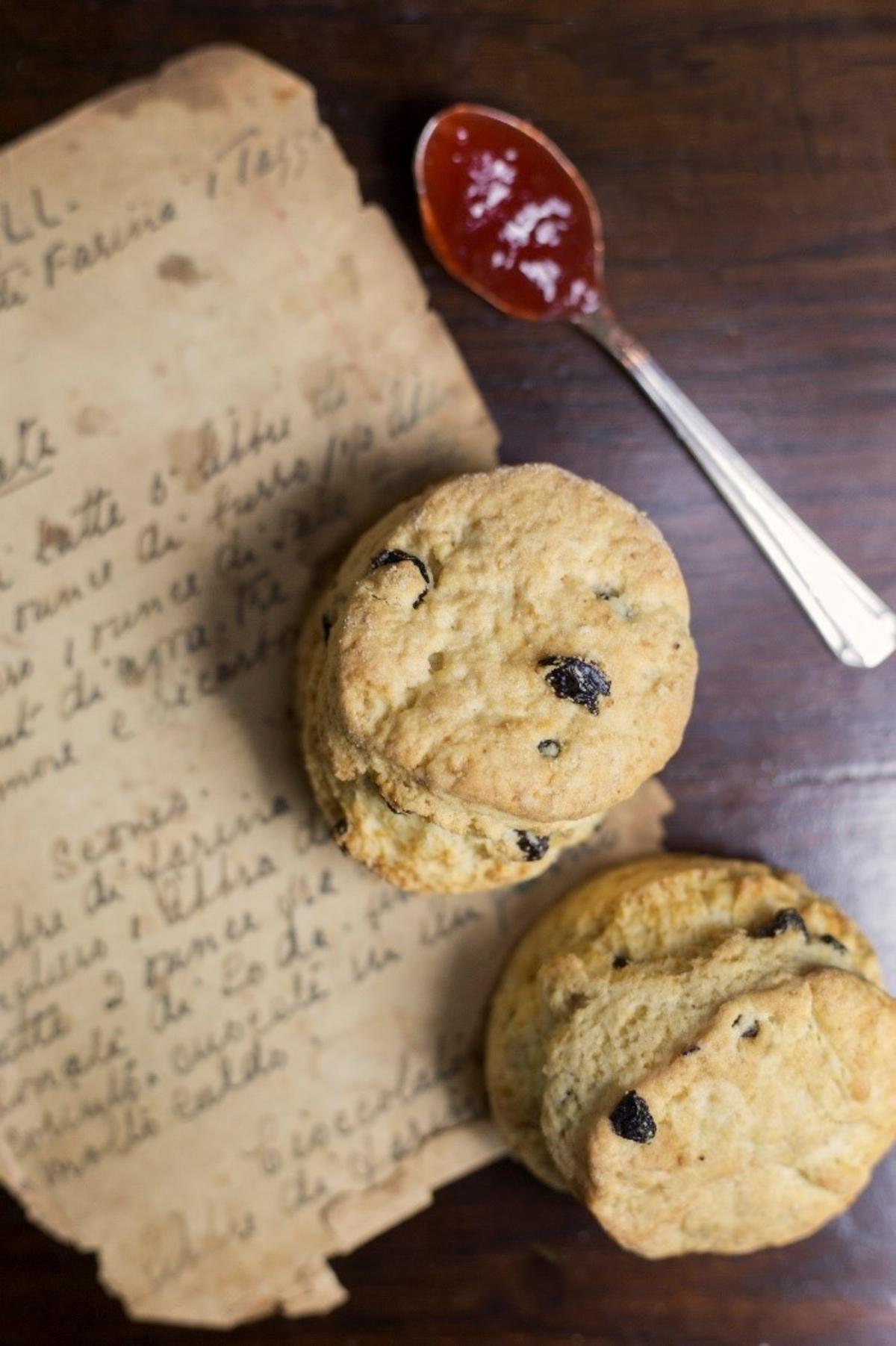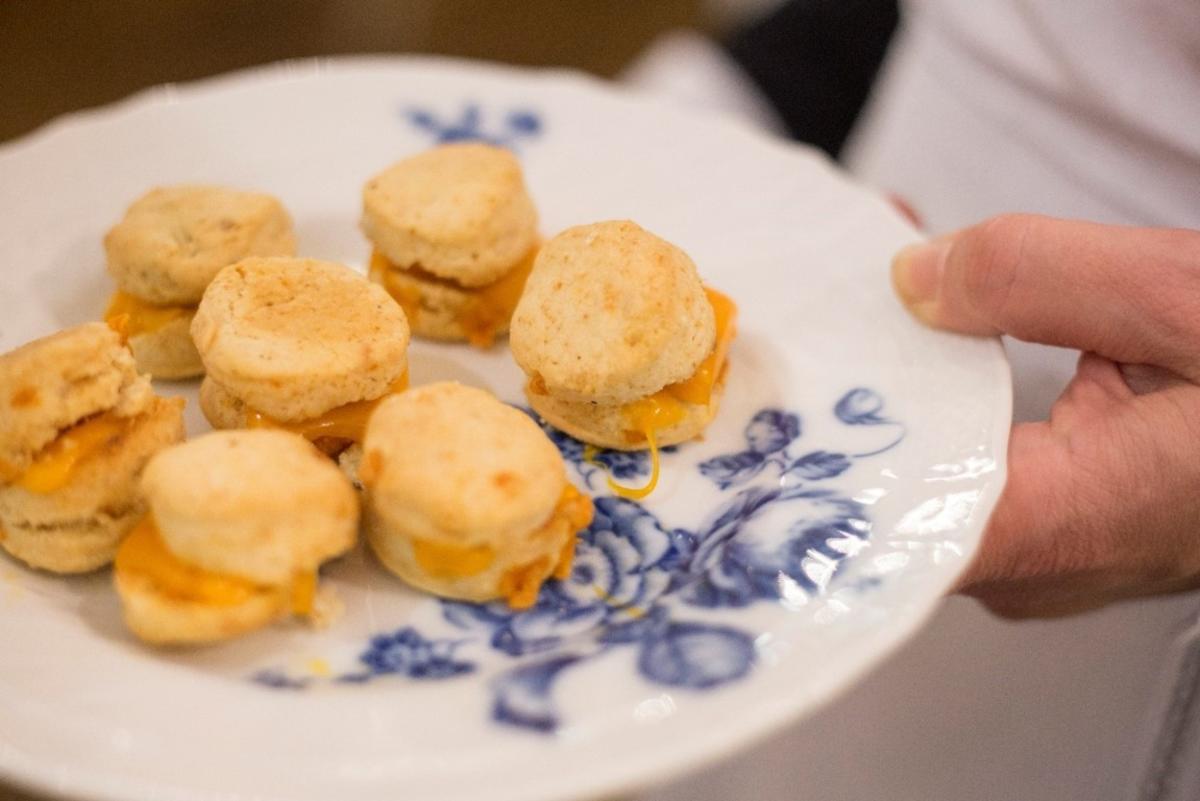Scones: a recipe to free the senses
Let’s take a look at the origin of the humble scone.
Scones: their origin
Today scones symbolise an indisputable Anglo Saxon tradition and in particular the lore of Afternoon Tea. We can trace the origins of scones to Scotland, in fact the first time the word scone was added to the Oxford Dictionary was in 1513.
However this is just the beginning, scones can also be tied to Dutch culture, it could be said that the term scone is derived from the Dutch word schoonbrot, that is, “good bread”. There are also those who see the scone as an etymologically Gaelic word, sgon or, “big bite”.
It is interesting to note that their shape also varies. To us they are most familiar as small rounded buns, however in Scotland they were served in small triangular pieces. Though the rounded shape is amongst the most familiar, they can still be found in triangular or even hexagonal shapes in their land of origin.
Scones for Afternoon Tea
It is a known fact that these delicious little scones were also one of Queen Victoria’s favourite treats, taken regularly at her five o’clock tea over a hundred years ago.
Though we know the very first scones were baked in Scotland, the recipe is now a well established British gastronomical tradition. These tender little buns are the typical delicacy served for Afternoon Tea; that wonderful moment in the day that allows us take a breather to savour the sweet aroma of buttery, home made scones, little finger food sandwiches and steaming cups of tea.
Babingtons’ celebrated scone recipe
Scones play an important part in our history. Babingtons has never stopped baking scones, even during the war when we were obliged to use boiled potatoes instead of flour and condensed milk when fresh milk was unavailable.
The recipe has never changed over the years, we have been delighting our guests with this same recipe for generations. Here is that very same recipe.
Ingredients:
- 150g butter
- 475g plain flour
- 90g sugar
- 2 tsp baking powder
- Pinch of salt
- Milk
Method:
Preheat oven to 185°C.
Grease a baking tray.
Mix sugar, flour and baking powder in a bowl.
Cut the butter into small chunks and using fingertips gently rub into the dry ingredients until a breadcrumb-like consistency is obtained.
Add enough milk to make a soft dough whilst working it as little as possible.
Roll out the dough to a thickness of approximately 3.5 cm and using a 6/7 cm round baking mould cut into about 16 scones.
Place on your greased baking tray and bake for 15 – 20 minutes or until golden.
Serve warm with strawberry jam, clotted or whipped cream or sour cream.
How to fill your scones
Traditionally scones are served warm with strawberry jam and clotted cream. However as these little buns are neither truly sweet or savoury it makes them wonderfully versatile, and they can be served in numerous different ways. For sweet scones any type of jam or honey is always delicious and on savoury scones you can let your imagination run free with smoked salmon, ham, cream cheese or with England’s most famous and traditional cheese, Cheddar. Nevertheless at Babingtons we choose to serve them in the traditional way but replacing clotted cream with whipped cream. A little easier on the waistline perhaps!
You can also have fun with the dough adding chocolate chips, raisins, fennel or sesame seeds…. Because scones give you the freedom to experiment to your heart’s content!
Where in Rome should one eat scones?
A very important question! Nowadays these dainty little delicacies can be found pretty much everywhere, but our suggestion to you is that at least once in your lifetime you try them in their wholly original form, which is of course at our Tearooms where, for the past 125 years, we have been baking and serving traditional afternoon tea as it once was. Where for 125 years we have used our original British recipe and where even our English guests have congratulated us on our scones and said that they are better than anything found in England!






